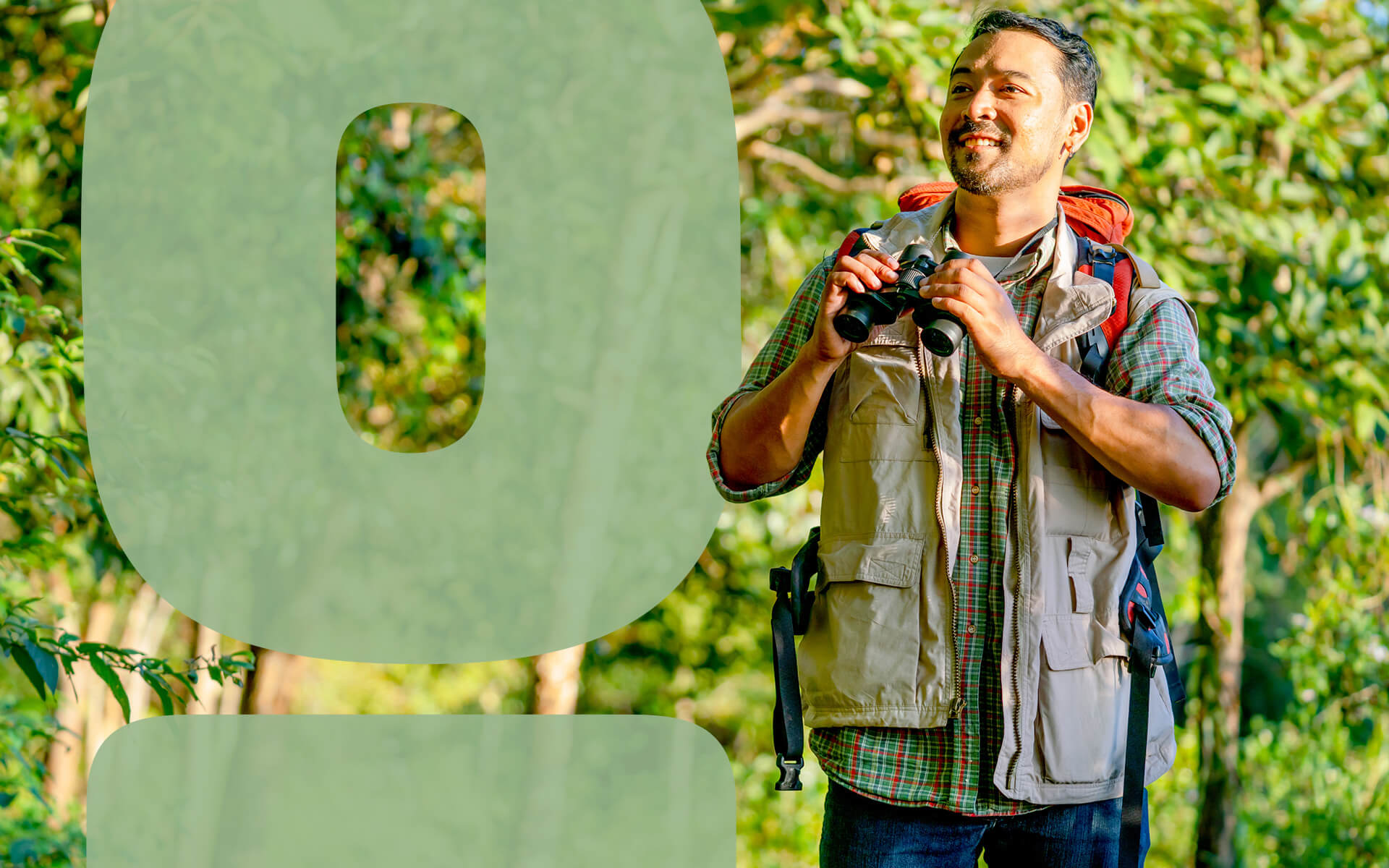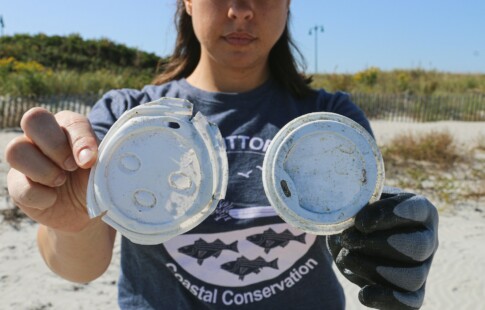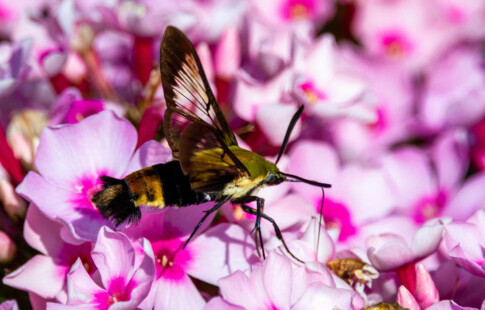
How to Identify Birds: Everything You Need to Know
We are reader-supported. When you buy through links on our site, we may earn affiliate commission.
Want to learn how to identify birds?
Anyone who wants a new hobby should consider watching birds. They’re a fascinating part of the natural world that entertains people every day. They also teach people more about how the planet works and ways to improve everyone’s daily lives.
Check out this guide to learn how to identify birds even if you’ve never used a pair of binoculars before. You’ll know what to look for, what’s notable and how to save your bird-watching data for future use.
What Is Bird Watching?
Bird watching may seem like a leisure hobby, but it doesn’t always happen from a back porch or kitchen window. People also bird-watch from cliff faces, mountain tops and treehouses to learn more about the animals that soar across the sky.
Sometimes bird watchers want to spot a rare type of bird or watch them in action, like while they’re building nests. Other times, researchers seek specific kinds of birds to benefit societal advancement.
The study of birds — also known as ornithology — has made certain parts of human progress possible. After Eiji Nakatsu looked more closely at the kingfisher, he redesigned a bullet train’s nose to resemble the kingfisher’s beak. The train increased its speed by 30 kilometers per hour (km/hr) and reached speeds of 300 km/hr to make tunnel travel more efficient.
You don’t need to start bird watching for scientific purposes if that doesn’t interest you. Just have fun watching them fly around to locate unique bird features or behaviors in real-time.
How to Identify Birds
There are numerous ways to identify birds and recognize rarities while bird watching. These are a few notable things to look for while peering through your binoculars.
1. Research Local Species
It’s challenging to know which birds to expect in a location if you don’t know which species live there. Pick a spot to bird watch and research which types of birds live there during that time of year. Based on critical information like habitat research or migration data, you’ll quickly know whether you’re more likely to spot cardinals or woodpeckers.
2. Learn Group Traits
Every type of bird has specific group traits that set them apart from other species. You can keep an eye out for those details, also known as field marks.
Field marks include things like pale stripes in feathers, rounded wing tips or color markings around the eyes. Birds also often live in groups. If you see a bird resembling a starling without a flock, you’ll know it’s likely another type of bird.
Group traits help identify species and also indicate which birds are in danger. It’s how researchers realized that the California condor was close to extinction in 1987. The birds usually flocked in large groups, but they only noted 27 at the time. Thanks to conservation efforts, over 1,000 Califonia condors exist now.
3. Analyze Their Size
A flamingo and a chickadee are easy to tell apart because of their size. You can always note a bird’s size while watching in your neighborhood or on vacation to pinpoint which species they belong to.
4. Note Their Shape
Birds also have different shapes within each species, so it’s a notable trait to pay attention to while bird watching. Elongated legs, rounded bodies or protruding beaks could indicate that you’re looking at a commonly found bird or a rarity.
5. Consider Their Habitat
Pay attention to where you watch birds. The environment and time of year play into which species you might see. A bird-watching spot in a southern state during July could present opportunities to spot migratory species you wouldn’t see anywhere else in July.
6. Watch Their Behavior
Just like people do things differently, birds have unique behaviors. Some climb trees while others dive into waterways for food or hop along the ground. Behaviors are an excellent indicator of specie type for bird watchers who know what to look for.
7. Record Their Bird Calls
You can always pull out your phone or a voice recorder tool to save the sound of specific bird calls. If you can’t identify a species based on what you see, you could listen to other recorded calls online when you get home and compare them with what you saved from your bird-watching experience.
Best Bird Watching Tools
You shouldn’t start bird watching without a few helpful tools. Use these to help your new hobby take flight.
The Nikon Monarch M5 Binoculars
New bird watchers will enjoy the Nikon Monarch M5 binoculars because they’re easy to use. The waterproof rubber exterior can put up with any environment and the lenses make room for anyone who wears glasses. You’ll get a fog-free look into the trees every time you use these binoculars to see spectacular birds.
The Joy of Birding: A Beginner’s Guide
Kate Rowinski’s latest bird-watching guide is an excellent tool for anyone new to recognizing bird species. You’ll learn the best tips, how to identify specie features, recognize bird calls and even plan vacations around which types of birds you want to see. Bring it in a backpack so you always know how to identify the brilliant birds accompanying you on adventures.
Bird Watching Log Book
Keeping track of your bird-watching experiences is much easier with a log book. Save your phone’s battery by logging things in this notebook with specialized checklists and observation boxes ready for your use. You’ll never forget where you were when you spotted a new species, how they acted or the GPS coordinates of your successful spot.
Gosky HD Spotting Camera Scope With Tripod
When you’re ready to save each visual memory of your next bird-watching trip, bring the Gosky HD spotting camera in your backpack. The tripod will keep it steady while the high-tech 20-60x zoom snaps photos of birds up to 1,000 yards away. It’s also waterproof if you want to capture images of elusive birds that are more active during rain showers.
Identify Birds and Start Cataloging
Anyone can learn how to identify birds and embark on an exciting adventure to see each species up close. Bring some trusted tools and a field guide to know what you’re looking at. You’ll discover more of what makes this planet so wonderful while appreciating the beauty of nature.
Share on
Like what you read? Join other Environment.co readers!
Get the latest updates on our planet by subscribing to the Environment.co newsletter!
About the author
Jane Marsh
Starting from an early age, Jane Marsh loved all animals and became a budding environmentalist. Now, Jane works as the Editor-in-Chief of Environment.co where she covers topics related to climate policy, renewable energy, the food industry, and more.





